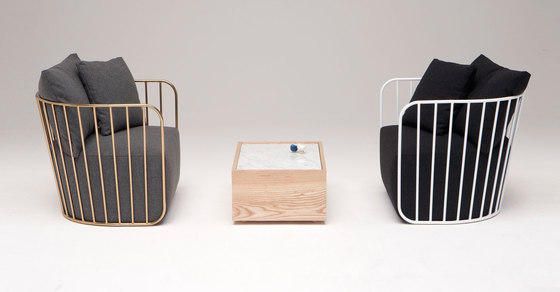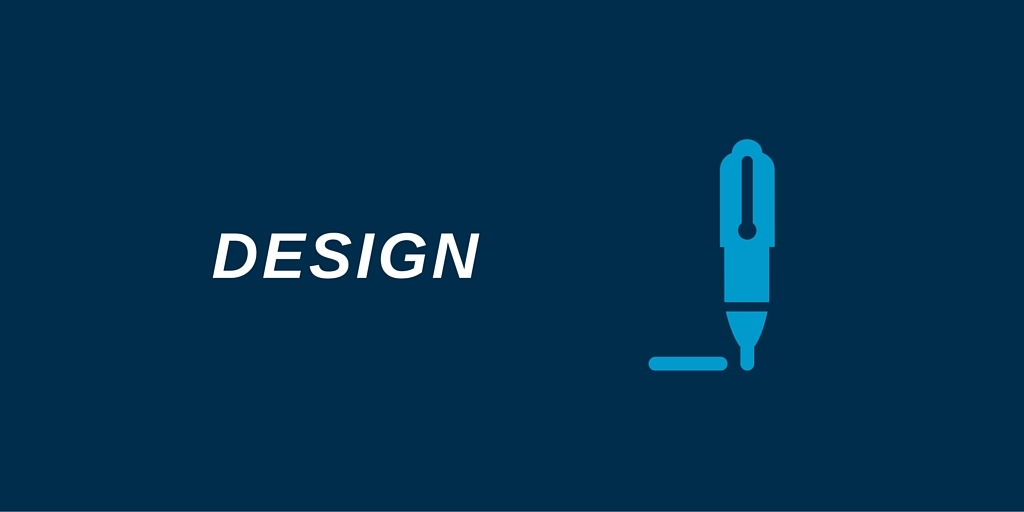
“Ideation doesn’t mean having to come up with one idea, it means coming up with one fantastic idea, ten good ideas, and a hundred bad ideas,” he notes. We believe that every company will become a data company in the future, and we are to help in this digital transformation. The bespoke metal exchange platform works great, it is easily accessible and richly functional. Stratoflow managed deadlines capably, meticulously documented their progress, and delivered a complex project at an affordable cost.
Download Excel forms templates for simple data entry
Burnside Bridge replacement project enters design phase Daily Journal of Commerce - Daily Journal of Commerce
Burnside Bridge replacement project enters design phase Daily Journal of Commerce.
Posted: Fri, 09 Feb 2024 08:00:00 GMT [source]
In ancient times, design was largely informed by necessity and the natural environment. Civilizations like the Greeks, Egyptians, and Romans approached concept design with a mixture of utility and reverence for the divine. The essence of concept design lies not only in the aesthetic appeal but also in the functionality, feasibility, and alignment with client aspirations. In this phase, your design professional advances the design significantly. The main goal of this phase is to define and develop the important aspects of the project. The exterior, interior layouts, room sizes, and materials are more fully designed.

Evaluate and select a promising solution
They're very skilled technically and are also able to see the bigger picture. Stratoflow can actually think about solutions, not just the technical task at hand, which they've been assigned. We received a finished project which could be implemented into production shortly after testing. Stratoflow successfully customized the system according to the specific functionalities and without bugs reported.
Get a complimentary discovery call and a free ballpark estimate for your project
We’ll cover 7 steps to create the best client experience at the beginning of your project. Most architects go through several design phases to reach a finished project. You may think you know what you want your software to do or look like, but you won’t truly know if that works until you see it laid out.

He holds the General Motors Leaders for Global Operations Chair and has a PhD from MIT in engineering. He is the faculty co-director of MIT's System Design and Management program and Integrated Design and Management program, both master’s degrees joint between the MIT Sloan and Engineering schools. His research focuses on product development and technical project management, and has been applied to improving complex engineering processes in many industries. The second phase of design thinking is developing solutions to the problem (which you now fully understand). When a team from MIT’s Integrated Design and Management program together with the design firm Altitude took on that task, they met with walker users to interview them, observe them, and understand their experiences.
Software
You’ve grown to understand your users and their needs in the Empathize stage, and you’ve analyzed your observations in the Define stage to create a user centric problem statement. With this solid background, you and your team members can start to look at the problem from different perspectives and ideate innovative solutions to your problem statement. The design phase in the Software Development Life Cycle (SDLC) is essential to ensure that the final product meets the requirements and is both functionally and technically sound.
This is an experimental phase, and the aim is to identify the best possible solution for each of the problems identified during the first three stages. The solutions are implemented within the prototypes and, one by one, they are investigated and then accepted, improved or rejected based on the users’ experiences. Depending on time constraints, you will gather a substantial amount of information to use during the next stage. The main aim of the Empathize stage is to develop the best possible understanding of your users, their needs and the problems that underlie the development of the product or service you want to create. A project design is a strategic organization of ideas, materials and processes for the purpose of achieving a goal.
When divided into 7 steps, the design process ranges from identifying the problem that the design or product will solve, all the way to research, planning, prototyping, and more. The design process is a tool that helps you break down large projects into smaller, easier-to handle stages. To help you avoid joining that bunch, this article will teach you how to use the design process to ideate, design, and create products or services that customers love. Design process is the foundation on which any product is based, it explores how do we do what we do? Essentially, it’s a common set of steps that creatives use to create products and processes that work. Many experts have examined this process in detail to gain a better understanding of how it works; graphic designer Jan Wilker (@janwilker) is one of them.
FDOT is in the design phase of a project to improve delays at Race Track Road - ActionNewsJax.com
FDOT is in the design phase of a project to improve delays at Race Track Road.
Posted: Tue, 06 Feb 2024 08:00:00 GMT [source]
Get a printable version of all questions and answers & bring it as a cheat sheet to your next interview.
You are going to brush up on your design until you are satisfied with it. A well-defined design process solves a variety of problems and guides your work and thoughts to improve the overall creative quality of the outcome. Every design project begins with site analysis …start it with confidence for free!. The Renaissance period marked a significant shift, as architects and designers began to amalgamate art and science.
The decisions taken in the design phase regarding development technology, frameworks, software and hardware architecture, etc., play a significant role in the final shape of the software product. The design phase is an essential step in the systems development life cycle. It helps to meet the requirements decided in the requirement analysis phase. This is where we take all the info from the pre-design phase and create a refined focused concept board (or mood board) as well as a space narrative. The concept board sets the tone for design for the remainder of the project, so it is important that clients sign off on all aspects of this phase before proceeding to the next phase.
Testing plans are developed for the unit and integration testing phase. At this stage project manager and the team identify all the potential risks that can appear in the beginning or throughout the project stages. Now is the time you ask for an honest review from your coworkers, clients, and stakeholders. You seek a fresh set of eyes to help you find every possible room for improvement – something you weren’t able to notice on your own.
Tools and notations such as the Unified Modeling Language (UML) are often used to produce clear and standardized documentation. The outcome of this step is a well-informed decision on the technologies and frameworks that will provide the best foundation for the software, ensuring that it is robust, efficient, and adaptable to future changes. Interfaces define how different software components, modules, or systems communicate and interact with each other. For example, imagine you’re working on a project to add a new landing page to your website. Once you’ve outlined the basic goals of the project, determine the more concrete objectives in detail. You need to understand a system's or product's constraints or whether there are any known constraints.
During this time, you are determining the scope of work to be designed. Having formal, step-by-step design phases helps your project management process go more smoothly. You can get in touch via this quick form describing your software project specifications. One of our technical managers will contact you to further discuss your project design and connect you with software designers experienced in designing similar market-competitive software solutions.

No comments:
Post a Comment